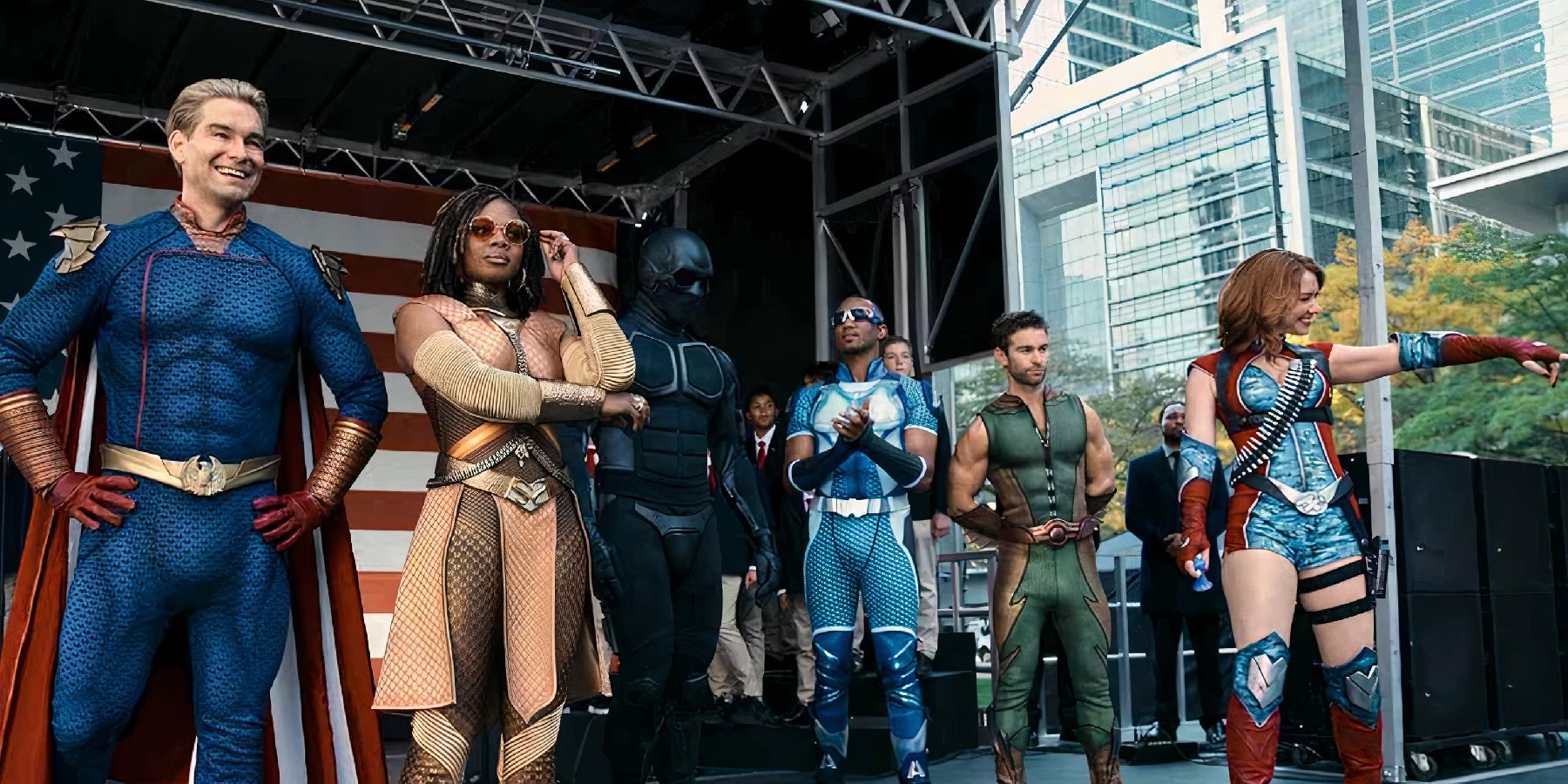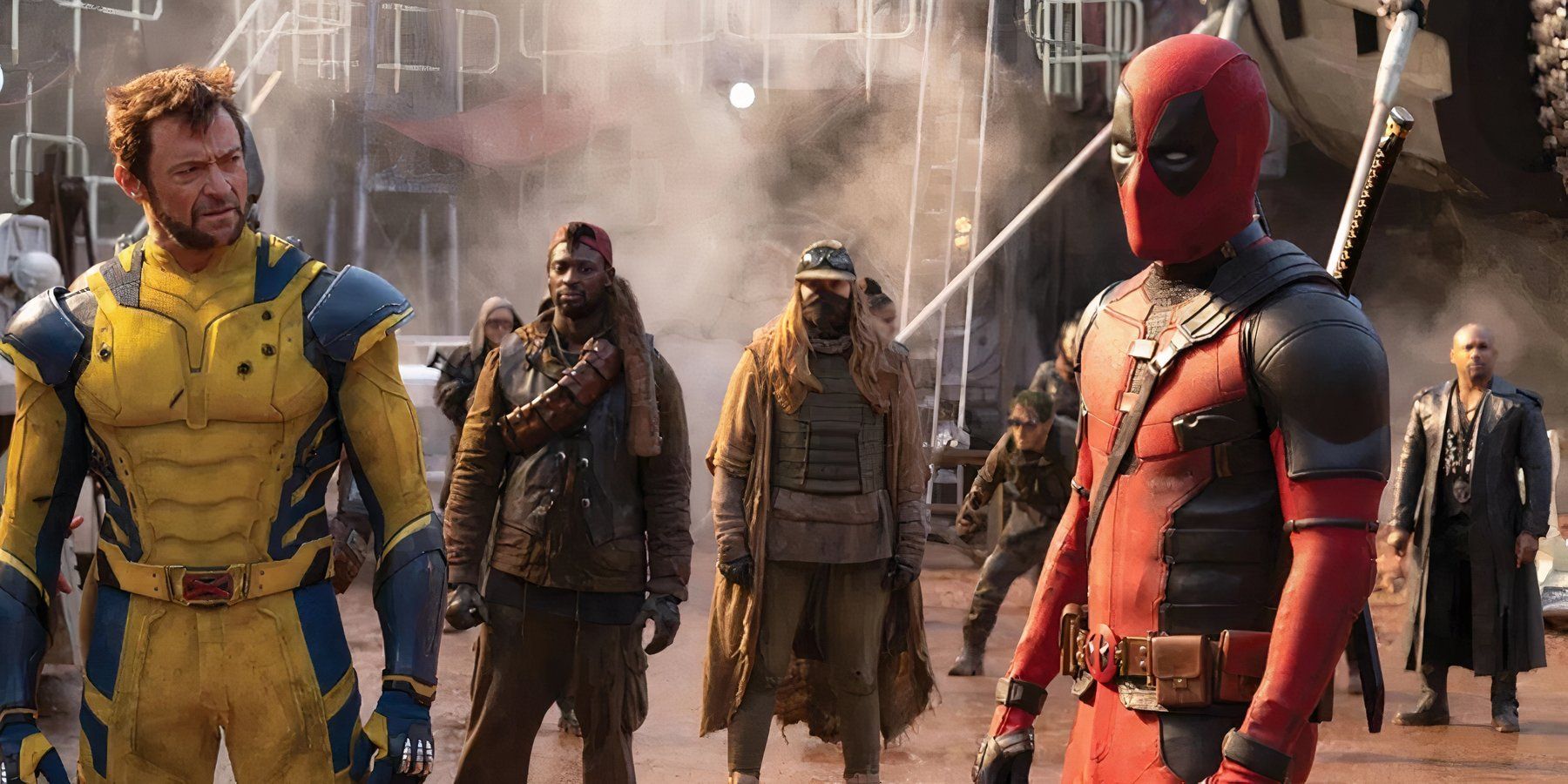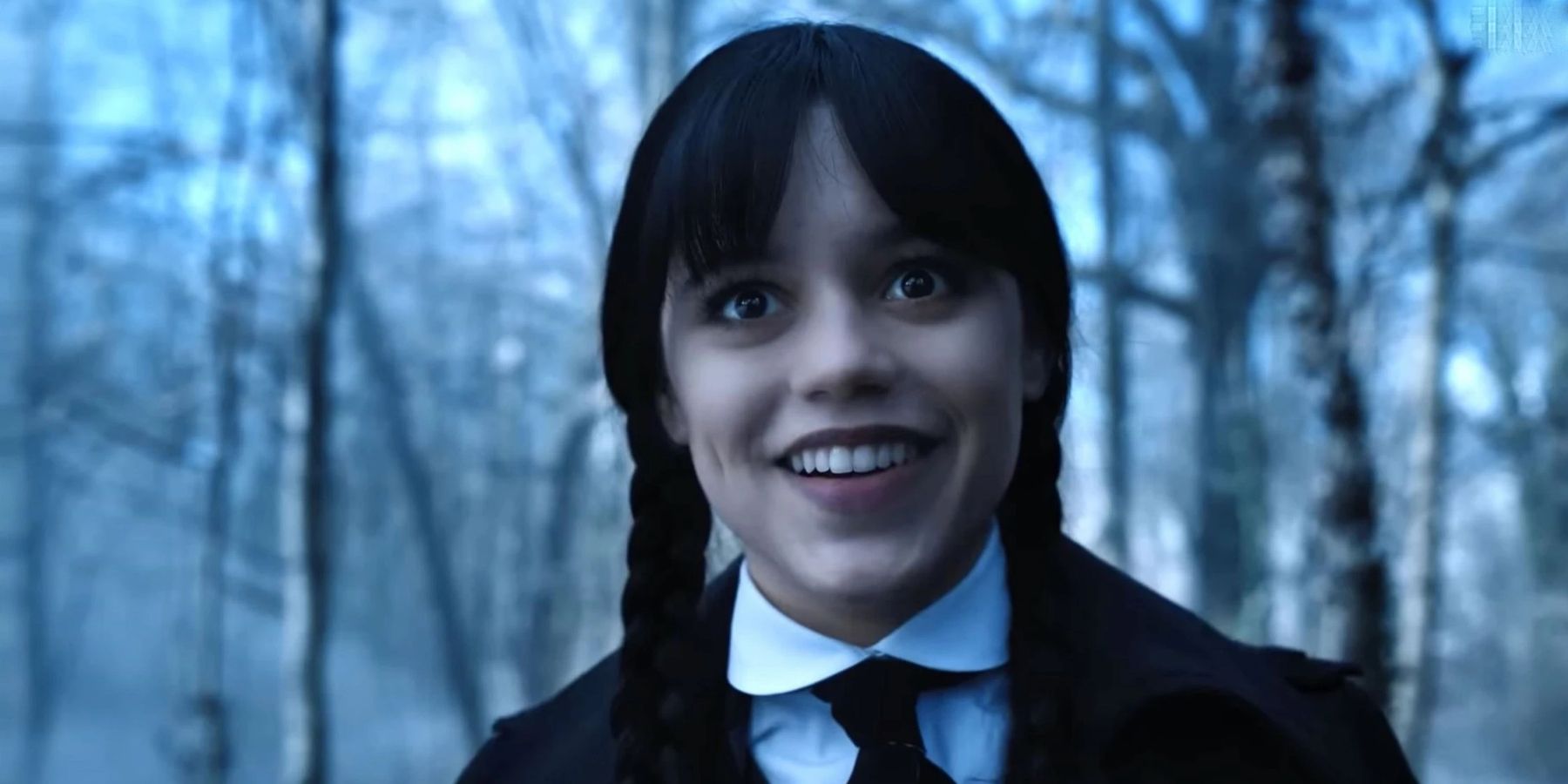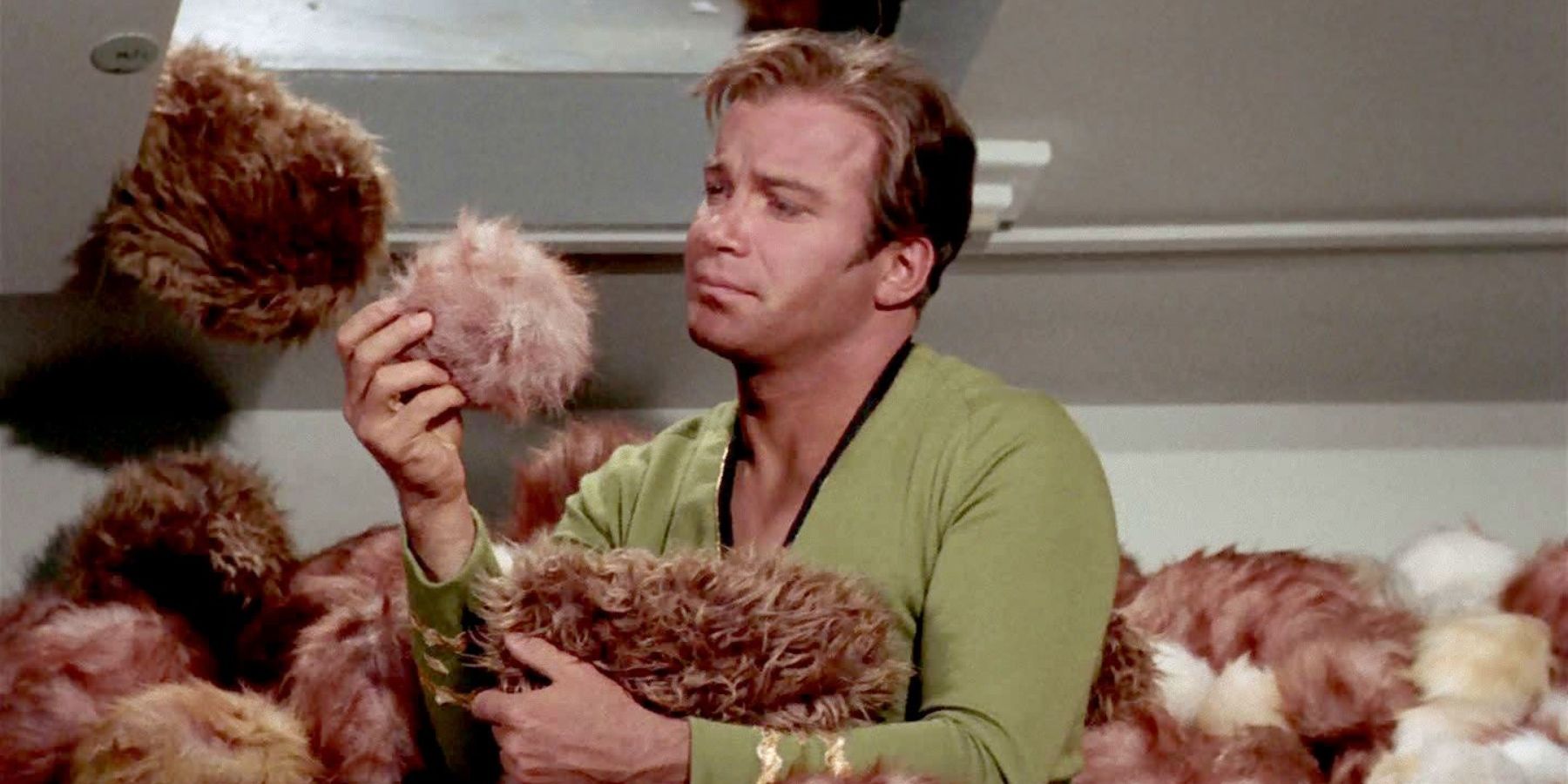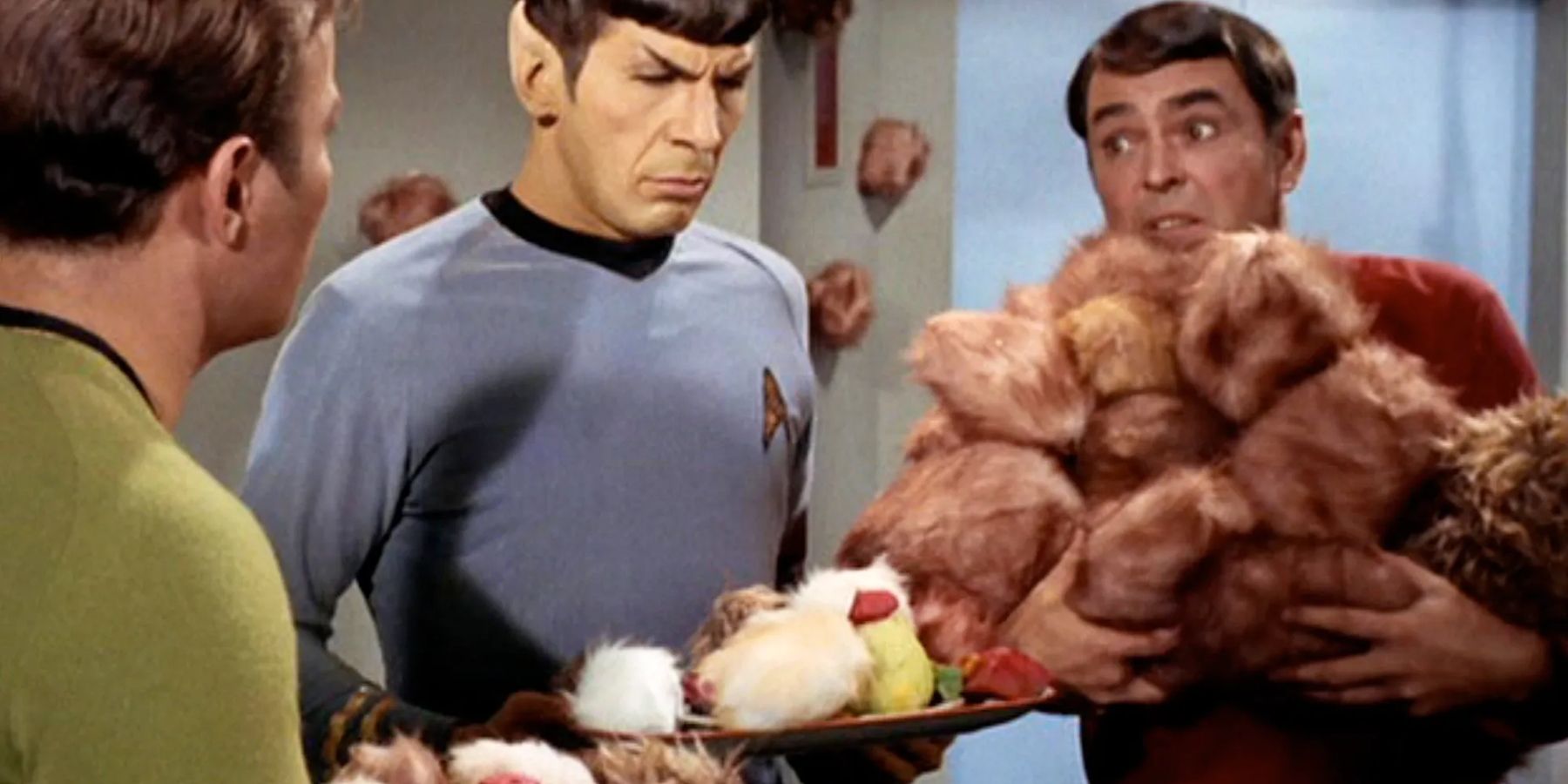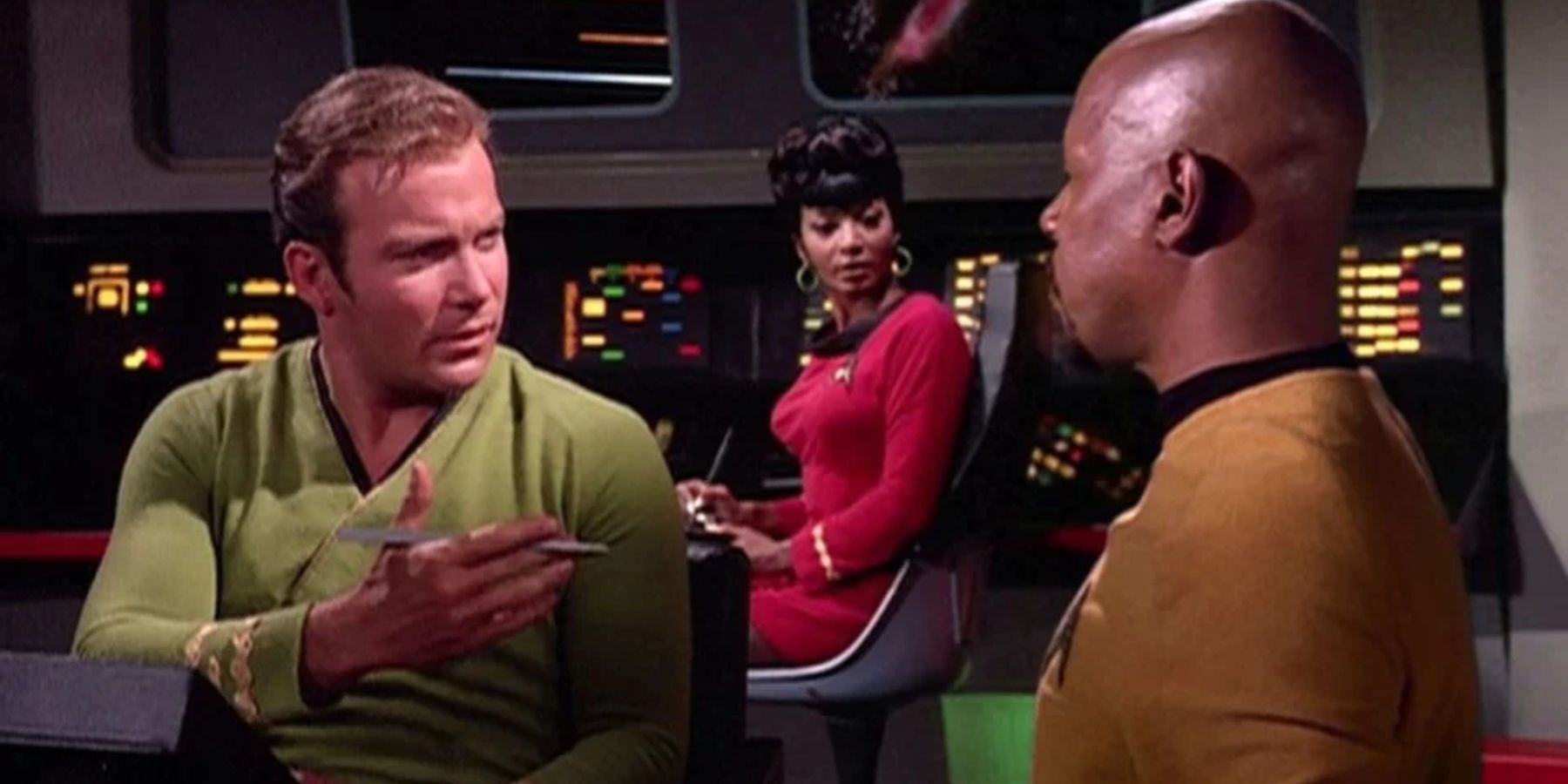One of the things Star Trek is known most for is its ever-expanding universe, fleshed out through the various additions to the franchise over the years. The franchise has created and portrayed a multitude of different planets and alien races, from the mighty, ever-changing Klingon empire to the galaxy-dominating, ever nefarious Borg. Alongside these returning species, there is a whole host of "throw-away" species, those which appear for a single episode or plot and then are never seen again. Voyager did this a lot as the crew traveled from the Delta quadrant back home (one of the multiple reasons fans criticize the series), but there have been some wonderfully memorable throw-away alien races. The most notable of all are perhaps the Tribbles.
The Tribbles are essentially a race of furballs, first appearing in the second season of the Original Series in the episode "The Trouble With Tribbles," and notably not humanoid. They are canonically from the planet Iota Geminorum IV, and are essentially cute little furballs that coo and purr. Despite their adorable appearance and the enamoring effect they had on the crew of the Enterprise, Tribbles are considered by Starfleet to be dangerous entities, and their transportation or exposure to Federation ships or home worlds is forbidden
The Origin Of Tribbles
It might be easy to assume they are similar to Goose the Cat, the Flerken from Captain Marvel, a suspiciously cute creature that hides a dark secret, many teeth, and bloodlust. The Tribbles, however, are more like rabbits, specifically Australian rabbits, which, at the time of production, were breeding and running rampant in Australia. Tribbles are born pregnant, and their entire existence is dedicated to eating and reproducing. The presence of them onboard the Enterprise in The Original Series then turns from a cute abundance of furry creatures into a mosh pit of fuzzballs, as the Tribbles slowly take over every inch of space aboard the ship. They start causing unintentional nuisances, getting forced into various nooks and crannies aboard the ship, and breaking things.
Kirk and the crew eventually managed to get rid of them by transporting them aboard an enemy Klingon vessel. The Klingons and the Tribbles develop a somewhat comical relationship, each considering one another as mortal enemies. This is later discussed in Deep Space 9, with the Tribble emitting a terrible shriek when near a Klingon. Apparently, due to both having incredible smelling abilities, they despise the scent of one another.
The Furballs' Legacy
The reason the Tribbles became such an icon for the show was pretty simple: they were just so dang adorable. The image of Kirk basically swimming in a sea of little purring fur balls not only filled the "aww" quota for many audiences, but it also became something of a meme, highlighting the wonderful silliness and camp of the Original Series. If the episode itself wasn’t enough to portray this, just imagine how much fun the cast would have had behind the scenes, especially for the one crewmember whose job it was to throw these little fuzzy basketballs at William Shatner. It kept a place in the hearts of audiences ever since, and become somewhat of a nostalgia marker for the good old days of tight-budget space faring television.
Speaking of tight budget, it’s also important to note that one other reason the Tribbles are so well-known and loved was that they were incredibly easy to not only recognize, but also to manufacture. People wanting to produce Star Trek merchandise would have no problem at all recreating a Tribble, especially when compared to producing any other alien race from the show. As a result, Tribble toys and models were, and still are, available in abundance from multiple stores across the globe, letting fans take home their own piece of the sci-fi universe.
Finally, the episode is genuinely hilarious even when watching it today. It’s easy sometimes for Star Trek to take itself too seriously, especially with the new additions such as Discovery and the current season 2 of Picard, where characters are off on imperative missions of great importance. At its heart, the original Star Trek was a deeply varied sci-fi sitcom, ranging from depressing to comedic, philosophical to crime fiction.
Star Trek's Greatest Crossover
The iconography of these creatures only increased with the production of what was potentially one of the most technically impressive episodes of Star Trek to date, "Trials and Tribble-ations" from Deep Space 9. In the episode, the crew of the space station are transported back in time and placed aboard Kirk's enterprise at the time of "The Trouble with Tribbles." They must locate a booby-trapped Tribble that was planted by a Klingon to assassinate Kirk, all while remaining undetected by the original crew.
What makes this episode so good was not only did they return to one of the most beloved episodes of Star Trek history, but they told an adjacent story that wonderfully blended into the original. It’s amazing that this was made over 20 years ago. At first, it seems like the creators just did a miraculous job at detailing the set to look like the Original Series, but it's quickly apparent that they used original footage from the episode interlaced with new DS9 footage. The two seamlessly blend together to the point where Kirk and fan-favorite war criminal Sisko even have a conversation.
The Tribble is undoubtedly an icon of the old days of Star Trek, but it’s fair to say this has a lot to do with audience nostalgia. With the Klingons and Vulcans, even Ferengi and Borg, cropping up time and time again in the newer iterations of the franchise, the Tribble is slowly losing their grip on the pedestal of Star Trek iconography. They sum up a lot of what fans used to love about the show, the sometimes ridiculous farce that showed a better future, but was still light and full of laughter. The new shows are veering away from this, slipping into the stereotype science fiction has fallen into in recent years, a darker and gloomier vision of the future. Perhaps this is why the Tribbles remain such a strong symbol for fans holding onto what the show has potentially lost: the lighthearted nature of early science fiction.

